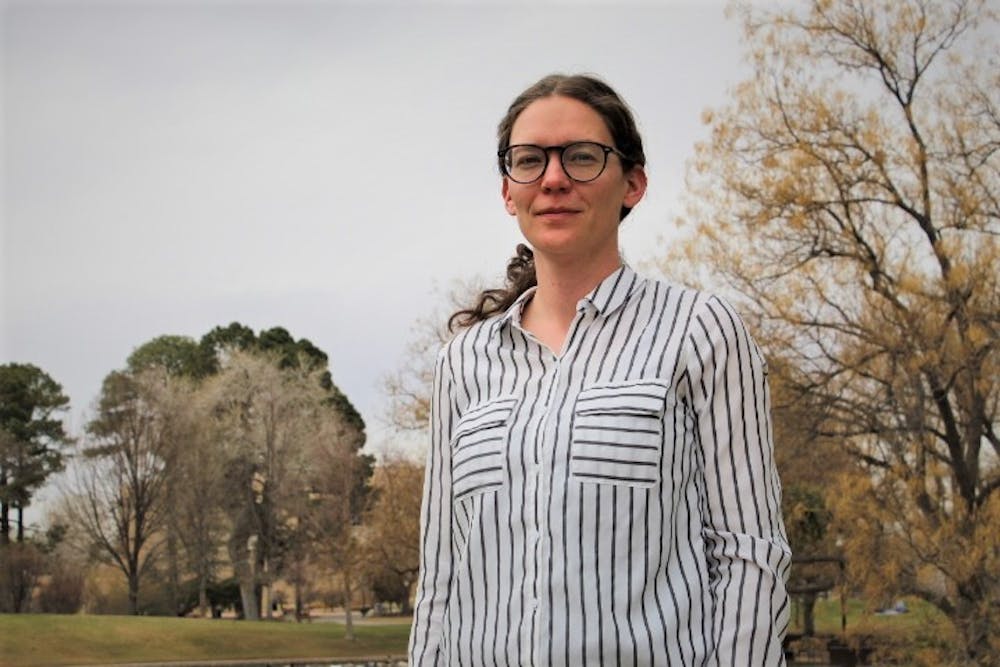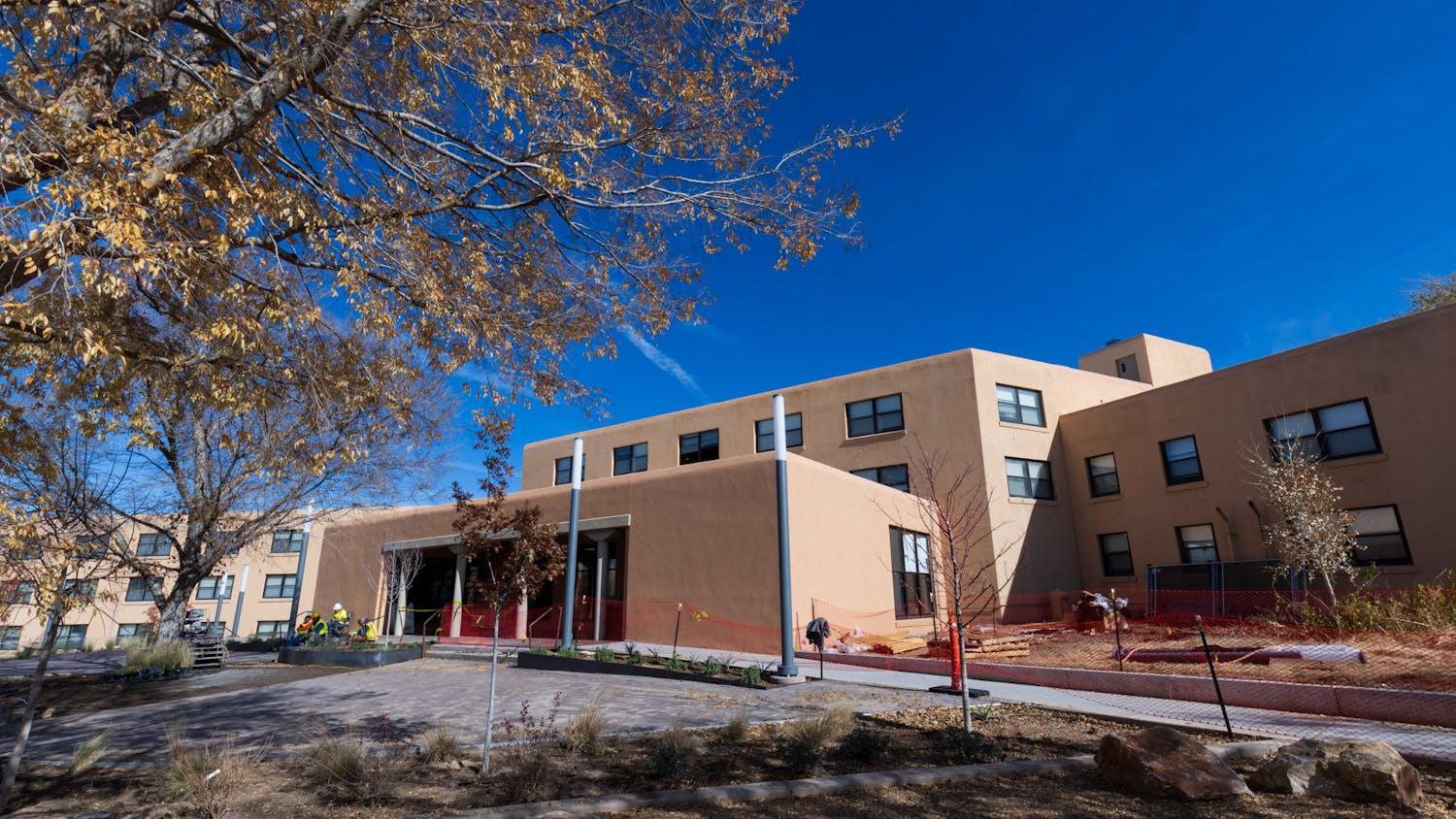Darcy Barron, an associate professor at the University of New Mexico with a Ph.D. in physics, has research that’s taken her from the icy Midwest to the dry Atacama Desert of Chile, where she works with a team of collaborators twice a year to monitor the cosmic microwave background of the universe. Barron was recently awarded a Cottrell Scholar Award, which celebrates both her research and teaching achievements.
The award, which maintains a three-tiered review process and a competitive 14 percent funding rate, will provide $100,000 over three years to support Barron’s research. She’s excited to attend the Cottrell Scholar Conference in Tucson, Arizona this July, where she plans to learn from other educators and adapt some of their methods to fit UNM and its unique needs.
Her primary goal in supporting the physics department is to increase the retention of undergraduate students by engaging them with research, which she sees as part of a university-wide effort. Barron also wants to emphasize what she considers key elements of research, such as discovery and problem-solving. This unique kind of independence and motivation is important for anyone wanting to pursue a career in physics, she said, because there are obstacles on the path to graduation.
“The amount of math and physics doesn’t fit into a four-year degree for someone coming from a normal level of high school preparation,” Barron said.
Ian Birdwell, a graduate student who works in the Barron Research Group, acknowledged the difficulties of the program, such as impostor syndrome. He admitted that beneficial self-analysis can stem from it but also feels that it’s “demoralizing, and being a first-generation student, being from a low income family, these are things where I’m like, ‘I wonder if anyone struggles with this as much as I do.’”
Tapping into your community and studying in groups where you can commiserate about the hard work of physics is something Barron said can alleviate the loneliness of the degree program. She complimented work in the chemistry and biology departments, where they’re managing large class sizes and extending research opportunities to their students.
Tim Schroeder, the director of Science Technology Engineering Math education programs at UNM, has been helping Barron bring more hands-on opportunities to her classroom.
Despite the hardships associated with the field, Barron spoke about physics in a way that makes it feel invigorating. She described the rush that comes from finally finding the solution to a difficult problem.
“It’s very interesting and exciting, you know; we’re studying the universe,” Barron said.
When Barron was in her freshman year at the University of Illinois, engineering professor Les Allen encouraged Barron to see where physics could lead her.
“He was a big factor in understanding what you could do with physics and … telling me, ‘A physics degree is really flexible,’” Barron said.
Birdwell said Barron, too, helps him and other students see the vast array of topics they can study within their field.
Get content from The Daily Lobo delivered to your inbox
“She’s able to meet anyone where they’re at in terms of skills they have, while also finding ways to give them plenty of new (things) to work on … She’s like, ‘Here’s some fun data analysis projects, let’s get crackin’,’” Birdwell said.
One of these new avenues introduced to Birdwell was the cryostat in Barron’s lab, a machine that operates like a giant freezer. It brings temperatures down to millikelvins, which are a few thousandths of a degree above absolute zero and a tad colder than space.
Another extreme involved in the group’s research is the near total lack of moisture found in the Atacama Desert, where the POLARBEAR, or Simons Array, named after a donor, is located.
Reaching these telescopes from Albuquerque involves a long series of flights ending in the mining city of Calama, Chile, where researchers and tourists can then catch a shuttle to the small town of San Pedro. It’s still a 45 minute drive up to the array, which stands at 17,000 ft. Scorching UV radiation, utter dryness and altitude sickness are unfortunate side effects of a location this close to space.
While Barron explains that high altitude isn’t favorable to beholding the stars like you might expect, there’s still some beauty tucked away in the alien environment of the Atacama.
“One time I drove up in the middle of the night because something weird happened when we first installed it. It’s really nice and the sky is really clear, and there’s all these little mice running around on the road,” Barron said.
Barron’s careful future steps include both the expansion of her research and opportunities for students at different points in their academic careers.
“My near term goal is to try to get a big research group with five or six grad students all doing interesting various things, and trying to include as many undergrads as possible in that, too,” Barron said.
Nell Johnson is a freelance reporter for the Daily Lobo. She can be reached at culture@dailylobo.com or on Twitter @peachnells






